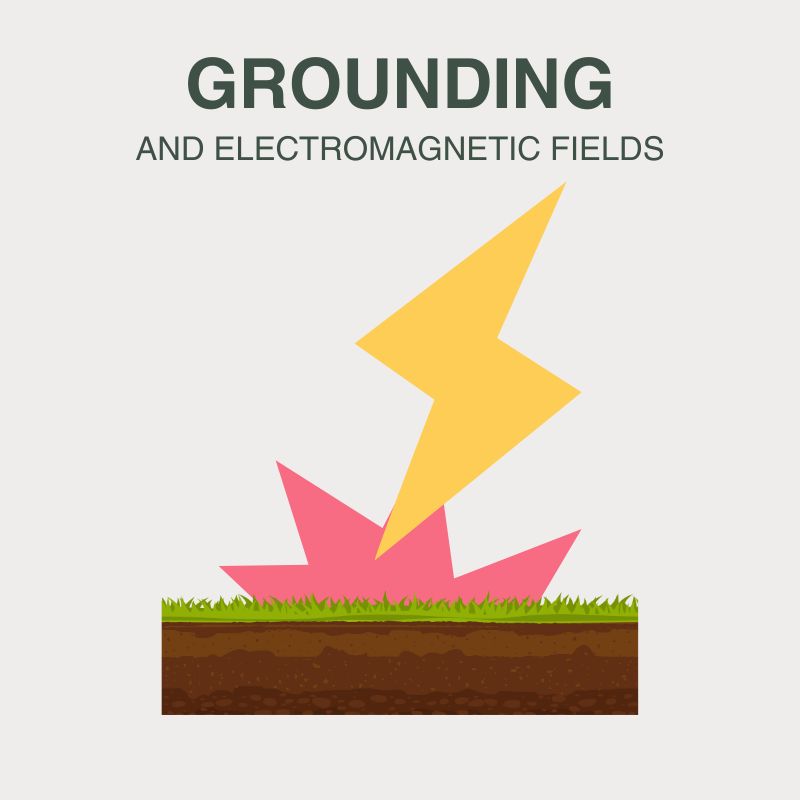
How Grounding Helps Neutralize the Effects of Electromagnetic Fields
We live in a world that’s constantly “on.” From smartphones and laptops to Wi-Fi routers, smart TVs, and Bluetooth devices, we’re surrounded by invisible waves of electromagnetic fields (EMFs) nearly 24/7. While technology has brought us convenience, connection, and progress, it has also introduced a level of energetic exposure our bodies were never designed to handle. This is where grounding – also known as earthing – becomes not just a wellness trend, but a vital daily practice.
EMFs are low-level radiation emitted by electronic devices. Even though the radiation is considered “non-ionizing” and technically not strong enough to break molecular bonds, growing research shows that constant exposure can disrupt the body’s natural electrical balance. People commonly report symptoms such as fatigue, headaches, poor sleep, increased stress, and brain fog – all of which can be linked to EMF sensitivity. The body is essentially under a kind of low-grade energetic stress, and we often don’t realize it until we step away from our devices and feel an almost instant shift.
Grounding works by reconnecting the body with the Earth’s natural electrical field. The Earth has a slightly negative charge due to its abundance of free electrons. When we physically connect with the Earth – by walking barefoot on grass or using grounding products like mats and sheets – these electrons flow into our body. This exchange helps neutralize positively charged free radicals and reduce the cumulative effect of EMF exposure. Think of it as a reset button for your nervous system and energetic field.
Scientific studies have shown that grounding can reduce inflammation, lower cortisol levels, improve heart rate variability, and support better sleep. What’s fascinating is that many of these effects are also symptoms associated with EMF overload. By grounding, you’re essentially helping your body return to its natural, balanced state – one that’s not overstimulated by constant digital contact.
In today’s tech-heavy world, most of us can't or don’t want to eliminate technology from our lives – and we don’t have to. But we can support our body’s resilience and recovery by building daily grounding practices into our routine. Whether it’s spending 20 minutes barefoot on the earth, working at your desk with a grounding mat, or sleeping on a grounded sheet, every bit helps. It’s not about fear; it’s about balance. Grounding gives your body a break from the invisible noise and helps restore the inner calm that modern life often takes away.
If you're looking for a simple, natural way to counteract the energetic overload of modern living, grounding might be exactly what your body’s been asking for — silently, all this time.
